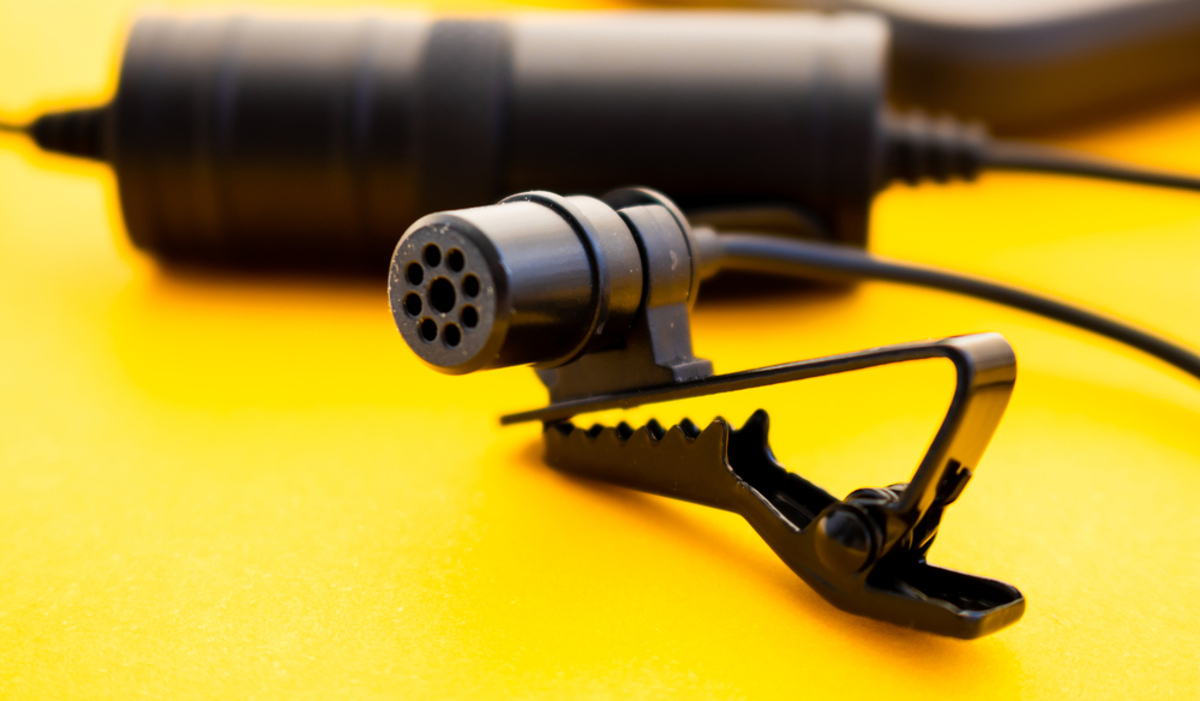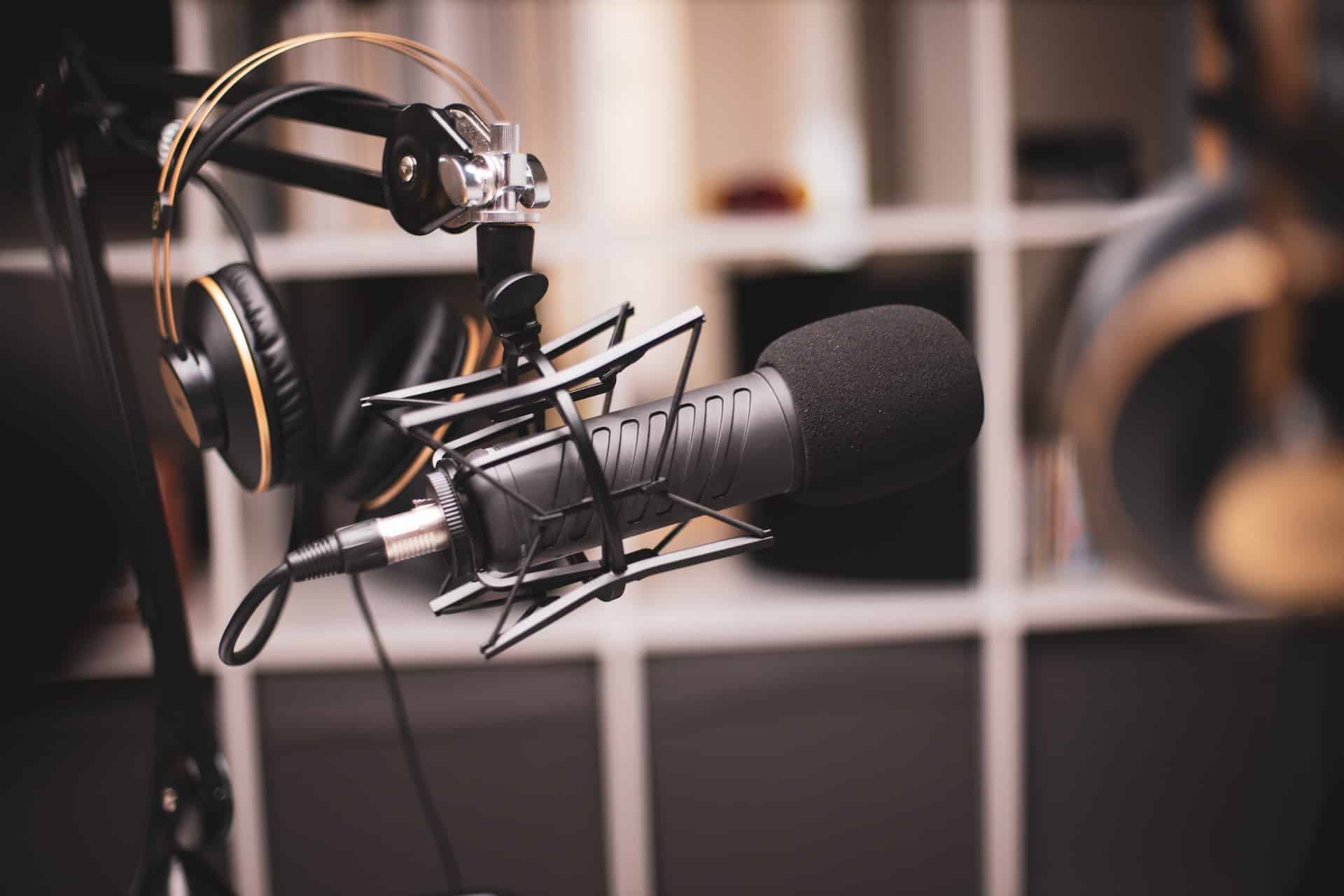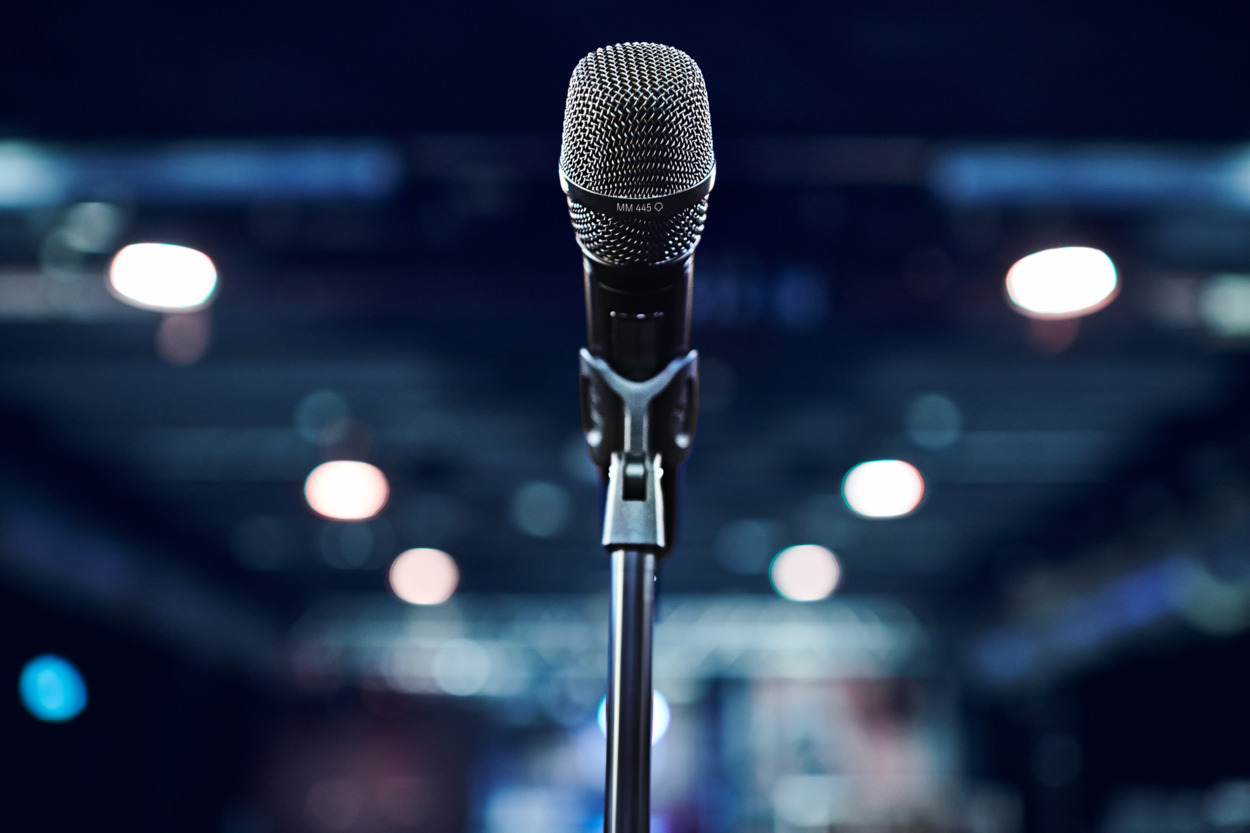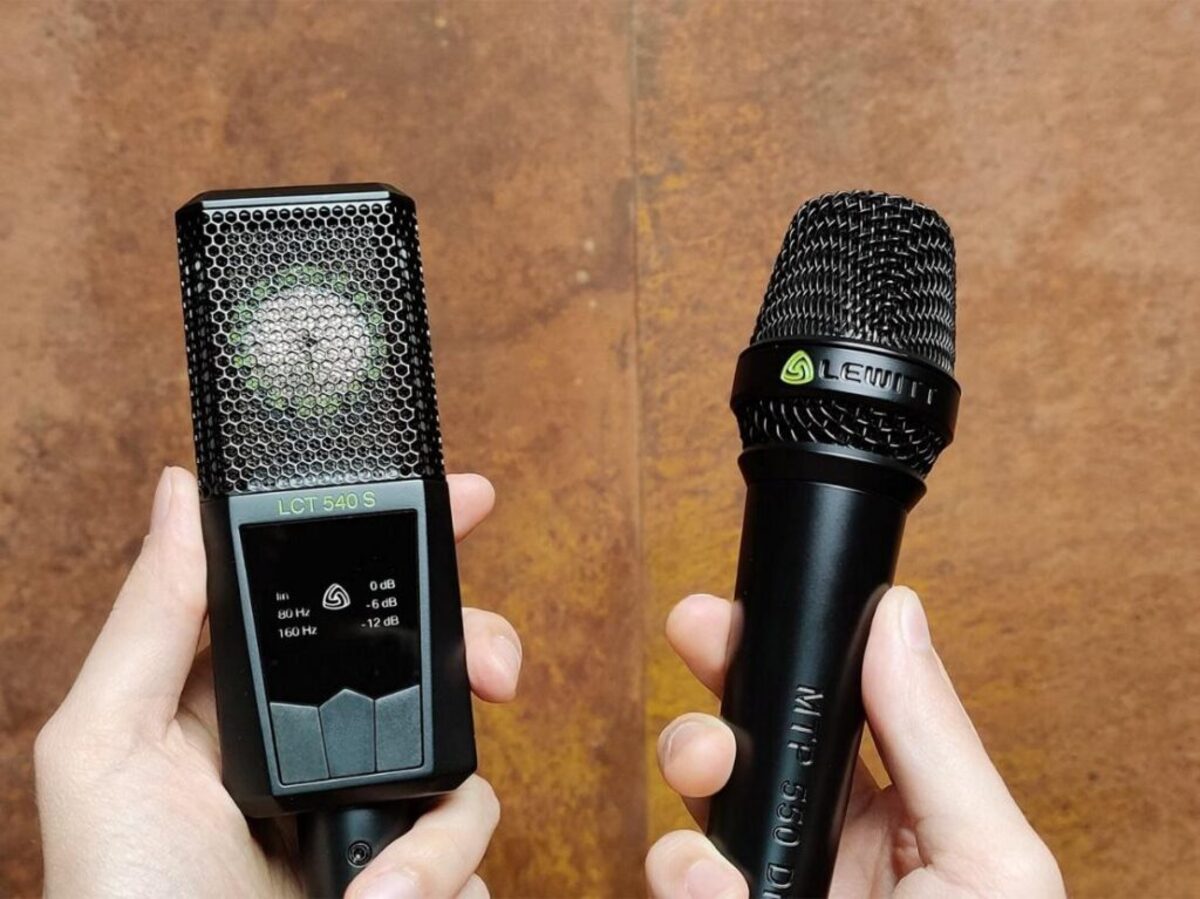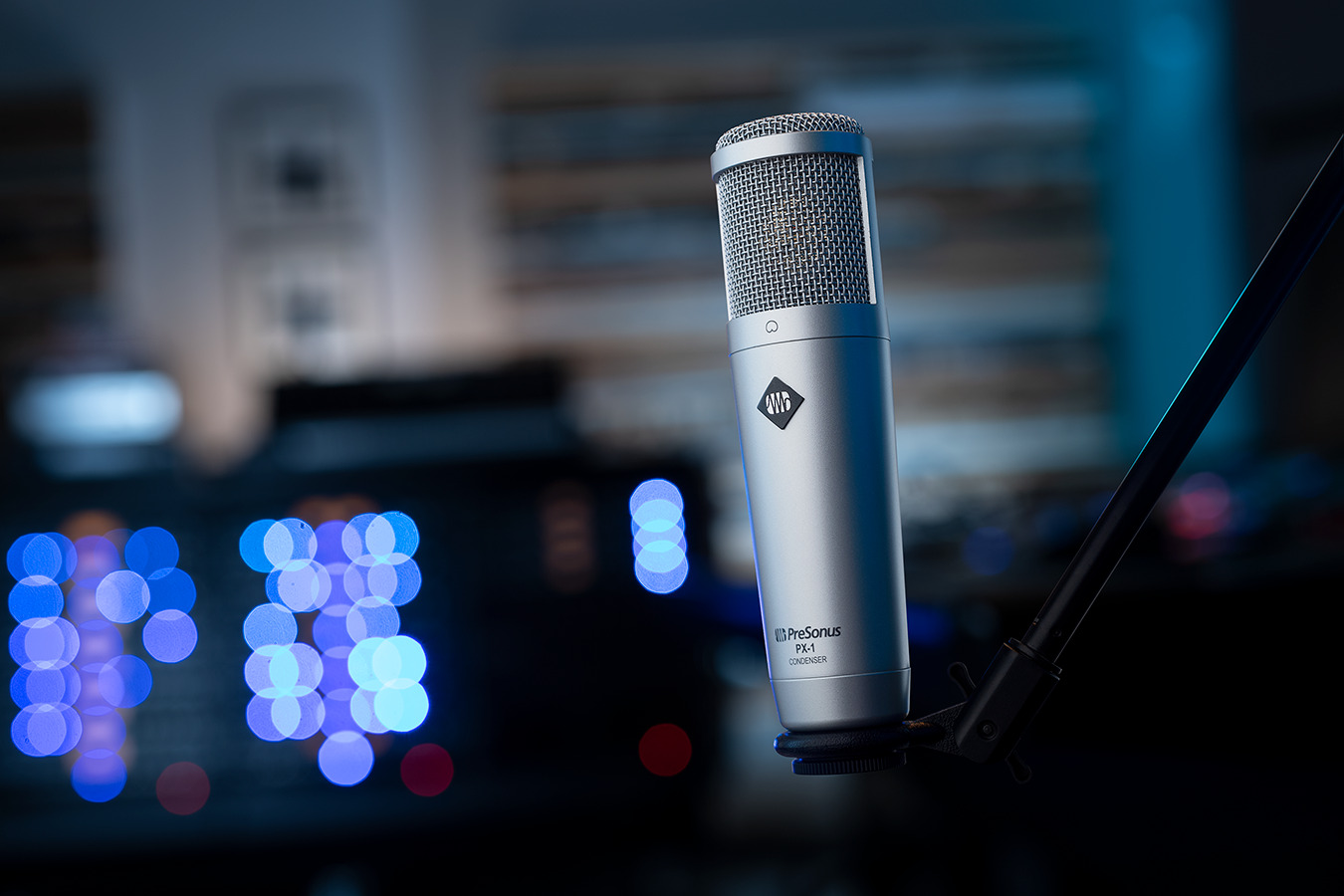Home>Devices & Equipment>Microphone>What Is A Directional Microphone
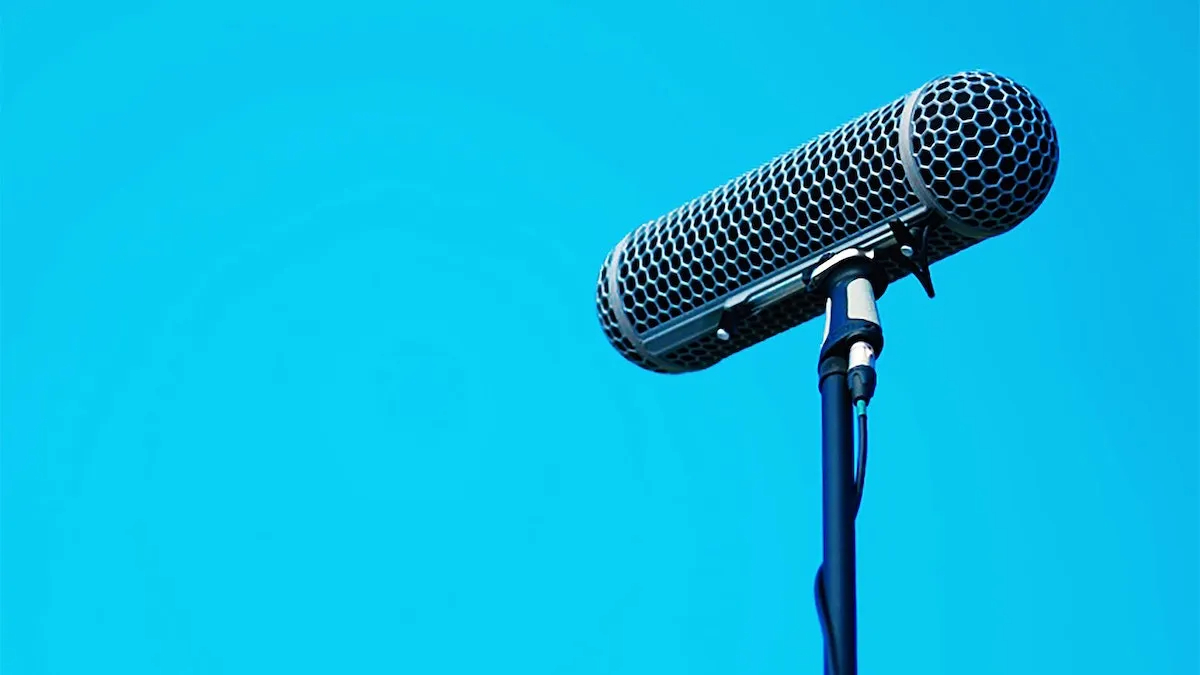

Microphone
What Is A Directional Microphone
Published: February 17, 2024
Discover the benefits of using a directional microphone and how it can enhance your sound recording. Learn about the features and applications of directional microphones. Explore the world of microphones with our comprehensive guide.
(Many of the links in this article redirect to a specific reviewed product. Your purchase of these products through affiliate links helps to generate commission for AudioLover.com, at no extra cost. Learn more)
Table of Contents
Introduction
When it comes to capturing high-quality audio in various settings, the choice of microphone plays a crucial role. Among the diverse types of microphones available, directional microphones stand out for their ability to focus on sound from a specific direction while minimizing unwanted noise from other angles. This unique characteristic makes them indispensable in a wide range of applications, from professional audio recording to live event production and beyond.
Directional microphones, also known as unidirectional microphones, are designed to pick up sound primarily from a specific direction, offering superior isolation and reduced interference from surrounding noise. By understanding how these microphones function, the types available, their applications, and the advantages and disadvantages they offer, individuals can make informed decisions when selecting the most suitable microphone for their specific needs.
In this comprehensive guide, we will delve into the inner workings of directional microphones, explore the various types available, examine their applications across different industries, and weigh their advantages against potential drawbacks. Whether you are a seasoned audio professional or an enthusiast looking to enhance your recording setup, understanding the nuances of directional microphones will undoubtedly elevate your audio capture capabilities.
How Does a Directional Microphone Work?
Directional microphones operate on the principle of sound sensitivity and rejection patterns, allowing them to capture audio from specific directions while minimizing unwanted noise. This is achieved through the use of internal components that manipulate incoming sound waves, resulting in a focused pickup pattern. The following are the key components and mechanisms that enable the functionality of directional microphones:
- Unidirectional Pickup Pattern: Directional microphones are equipped with a unidirectional pickup pattern, which means they primarily capture sound from one direction while attenuating noise from other angles. The most common type of unidirectional pattern is the cardioid pattern, which resembles the shape of a heart and offers optimal front-facing sensitivity.
- Acoustic Labyrinth: Many directional microphones feature an acoustic labyrinth within their design. This intricate pathway helps manipulate incoming sound waves, allowing the microphone to focus on specific directions while reducing sensitivity to off-axis noise. The labyrinth effectively guides sound waves toward the microphone’s diaphragm, enhancing its directional capabilities.
- Interference Tube: Some directional microphones, particularly shotgun microphones used in film and broadcast production, incorporate an interference tube. This component is a long, slotted cylinder that aids in isolating sound from the desired direction while attenuating off-axis noise. The design of the interference tube helps achieve a highly directional pickup pattern, making it ideal for capturing distant or focused sound sources.
Furthermore, directional microphones often utilize internal circuitry and diaphragm designs that contribute to their directional characteristics. By leveraging these components and mechanisms, directional microphones can effectively capture audio with precision, making them valuable tools in environments where controlling sound pickup is essential.
It’s important to note that the directional nature of these microphones makes them versatile for a wide range of applications, from recording studio vocals and instruments to capturing dialogue in film and television production. Understanding how directional microphones work is fundamental to leveraging their capabilities for various audio recording and reinforcement needs.
Types of Directional Microphones
Directional microphones come in various types, each tailored to specific audio capture scenarios and environmental conditions. Understanding the distinctions between these types is essential for choosing the most suitable microphone for a given application. The following are the primary types of directional microphones:
- Cardioid Microphones: Cardioid microphones feature a heart-shaped pickup pattern, with maximum sensitivity at the front and reduced sensitivity to the sides and rear. This design makes them ideal for capturing sound from a specific direction while minimizing ambient noise and feedback. Cardioid microphones are commonly used for live performances, studio recording, and instrument miking due to their versatile directional characteristics.
- Supercardioid and Hypercardioid Microphones: These microphones offer a narrower pickup angle compared to cardioid microphones, providing enhanced directionality and off-axis rejection. Supercardioid and hypercardioid microphones are popular choices for applications such as broadcast, theater production, and field recording, where precise sound capture and isolation are paramount.
- Shotgun Microphones: Shotgun microphones, also known as interference tube microphones, are highly directional and excel at capturing sound from a distance while attenuating off-axis noise. Their elongated design, often incorporating an interference tube, allows for focused pickup of sound sources in film production, wildlife recording, and outdoor audio capture.
- Parabolic Microphones: Parabolic microphones utilize a concave dish to capture and focus sound waves onto a microphone element positioned at the dish’s focal point. This design enables long-range sound capture and is commonly used in nature recording, surveillance, and sports broadcasting to pick up distant or faint sounds with exceptional clarity.
Each type of directional microphone offers unique characteristics tailored to specific use cases, providing audio professionals and enthusiasts with a diverse range of options for capturing sound with precision and clarity. By understanding the distinctions between these types, individuals can make informed decisions when selecting the most suitable directional microphone for their intended applications.
Applications of Directional Microphones
Directional microphones find extensive application across diverse industries and settings, owing to their ability to capture sound with precision and reject unwanted noise. Their versatile nature makes them indispensable tools in various audio capture scenarios. The following are key applications of directional microphones:
- Live Sound Reinforcement: In live music performances and events, directional microphones are used to capture vocals, instruments, and ambient sounds while minimizing feedback and ambient noise. Their focused pickup patterns make them valuable for delivering clear and isolated audio in dynamic live environments.
- Studio Recording: Directional microphones play a crucial role in studio recording, where capturing vocals, acoustic instruments, and percussion with precision is essential. Their ability to isolate sound sources and minimize room ambience contributes to high-quality recordings in controlled studio environments.
- Film and Broadcast Production: In film and television production, shotgun microphones are commonly employed to capture dialogue, foley effects, and ambient sounds with focused directionality. These microphones excel at isolating sound from specific on-screen subjects while minimizing background noise, making them essential tools for location and studio recording.
- Field Recording and Nature Documentation: For capturing wildlife sounds, environmental ambience, and distant audio sources, directional microphones such as shotgun and parabolic microphones are utilized in field recording and nature documentation. Their ability to pick up distant or faint sounds with precision makes them valuable for capturing natural environments and wildlife behavior.
- Conference and Public Address Systems: Directional microphones are employed in conference settings and public address systems to capture speech and vocal presentations while reducing reverberation and ambient noise. Their focused pickup patterns contribute to clear and intelligible speech reproduction in large venues and meeting spaces.
These applications represent just a fraction of the diverse uses of directional microphones across industries such as entertainment, audio production, wildlife documentation, and public speaking. Their ability to capture sound with precision and reject unwanted noise makes them indispensable tools for professionals and enthusiasts alike.
Advantages and Disadvantages of Directional Microphones
Directional microphones offer distinct advantages and, in some cases, present limitations that are important to consider when evaluating their suitability for specific audio capture scenarios. Understanding the pros and cons of these microphones is essential for making informed decisions regarding their use. The following are the key advantages and disadvantages of directional microphones:
- Advantages:
- Precision Sound Capture: Directional microphones excel at capturing sound from specific directions, allowing for precise audio pickup with minimal interference from surrounding noise. This makes them ideal for isolating sound sources in various environments.
- Noise Rejection: By minimizing off-axis noise, directional microphones offer superior noise rejection, resulting in cleaner audio recordings and reinforced sound reinforcement in live settings.
- Versatility: The diverse types of directional microphones cater to a wide range of applications, from studio recording and live performances to field recording and broadcast production, providing versatile solutions for audio professionals.
- Long-Distance Capture: Certain directional microphones, such as shotgun and parabolic microphones, are capable of capturing sound from considerable distances, making them valuable for nature recording, sports broadcasting, and surveillance applications.
- Disadvantages:
- Limited Coverage: Due to their focused pickup patterns, directional microphones may have limited coverage of sound sources, requiring precise positioning for optimal audio capture. This can be a limitation in dynamic or unpredictable sound environments.
- Sensitivity to Handling Noise: Some directional microphones, particularly shotgun microphones, may be sensitive to handling noise and wind interference, necessitating the use of shock mounts and wind protection in outdoor recording scenarios.
- Complexity in Use: Certain types of directional microphones, such as parabolic microphones, require careful setup and alignment for optimal performance, adding complexity to their use in comparison to omnidirectional microphones.
By weighing these advantages and disadvantages, audio professionals and enthusiasts can make informed decisions when selecting directional microphones for specific recording, reinforcement, and documentation needs. Understanding the nuanced characteristics of these microphones is essential for maximizing their effectiveness in diverse audio capture scenarios.
Conclusion
Directional microphones stand as indispensable tools in the realm of audio capture, offering precision, versatility, and noise rejection capabilities that cater to a wide array of applications. From studio recording and live sound reinforcement to film production and nature documentation, these microphones play a pivotal role in delivering clear and focused audio while minimizing unwanted noise and interference.
Understanding the inner workings of directional microphones, including their unidirectional pickup patterns, acoustic manipulation components, and diverse types such as cardioid, shotgun, and parabolic microphones, provides individuals with the knowledge needed to harness their capabilities effectively. By leveraging the advantages of precision sound capture, noise rejection, and long-distance recording, audio professionals can elevate the quality of their productions and recordings across various settings.
While directional microphones offer distinct advantages, such as their ability to isolate sound sources and reject off-axis noise, it is essential to consider their limitations, including limited coverage, sensitivity to handling noise, and potential complexity in use. By carefully evaluating these factors, individuals can make informed decisions when selecting the most suitable directional microphone for their specific needs.
In conclusion, directional microphones continue to play a vital role in shaping the landscape of audio capture and reinforcement, empowering professionals and enthusiasts to achieve exceptional sound quality in diverse scenarios. Their precision, versatility, and ability to deliver focused audio make them indispensable assets in the pursuit of sonic excellence.
Whether capturing the nuances of a musical performance, recording dialogue for a film, documenting wildlife sounds, or delivering clear speech in public address systems, directional microphones remain essential tools for capturing sound with clarity and precision, enriching the auditory experiences of audiences and listeners alike.

